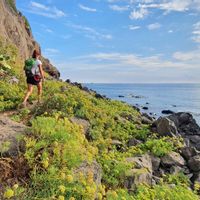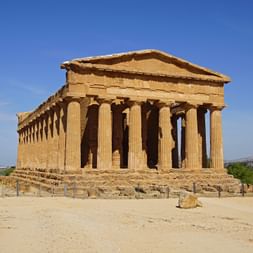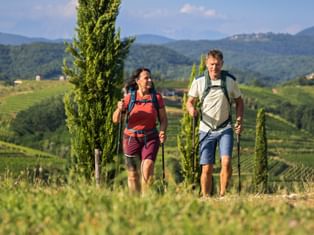All Hiking Tours in Central and Southern Italy
Mediterranean charm, rustic villages, and mighty volcanoes
Questions and Answers about Your Hiking Tour in Central and Southern Italy
The Most Beautiful Hiking Tours in Central and Southern Italy
Mountains & Sea in Cilento
Where history comes alive. On your hike through the stunning Cilento region, you’ll experience the secrets of Greek mythology up close. Majestic mountain paths, tranquil beaches, and lush forests guide you to secluded coves, where the rich history and pristine nature blend in perfect harmony.
Campania's Amalfi Coast
Campania – the land of bliss. The Amalfi Coast has been admired for its breathtaking landscapes since Roman times. On your journey, explore highlights such as Monte Tre Calli and experience one of the most beautiful coastlines in the world.

Sardinia's East Coast
Along Sardinia's eastern coastline in the Orosei Nature Park, this hiking adventure leads you through sparkling blue coves and rugged cliffs. Beginning in Santa Maria Navarrese, you'll ascend to Monte Irveri, where you'll be rewarded with stunning views of Sardinia and the Gulf of Orosei, all while immersed in the fragrant scent of blooming Macchia.
Sicily & the Aeolian Islands
Here, Italy reveals itself from a completely different perspective. Explore the Aeolian Islands, each with its own fascinating secrets. Be enchanted by unique views of the diverse landscape of Mount Etna, one of the most active volcanoes in the world, and the famous amphitheater in Taormina, perched high above the Ionian Sea.

Travel Stories from Hiking Tours in Central and Southern Italy
Top Destinations in Central and Southern Italy
Grotta di Neptune
Stalactite cave near Alghero
Valle dei Templi
Impressive ancient ruins
Etna
Europe's highest active volcano
La Maddalena Archipelago
Paradise beaches and coves
Cilento National Park
UNESCO World Heritage site



























